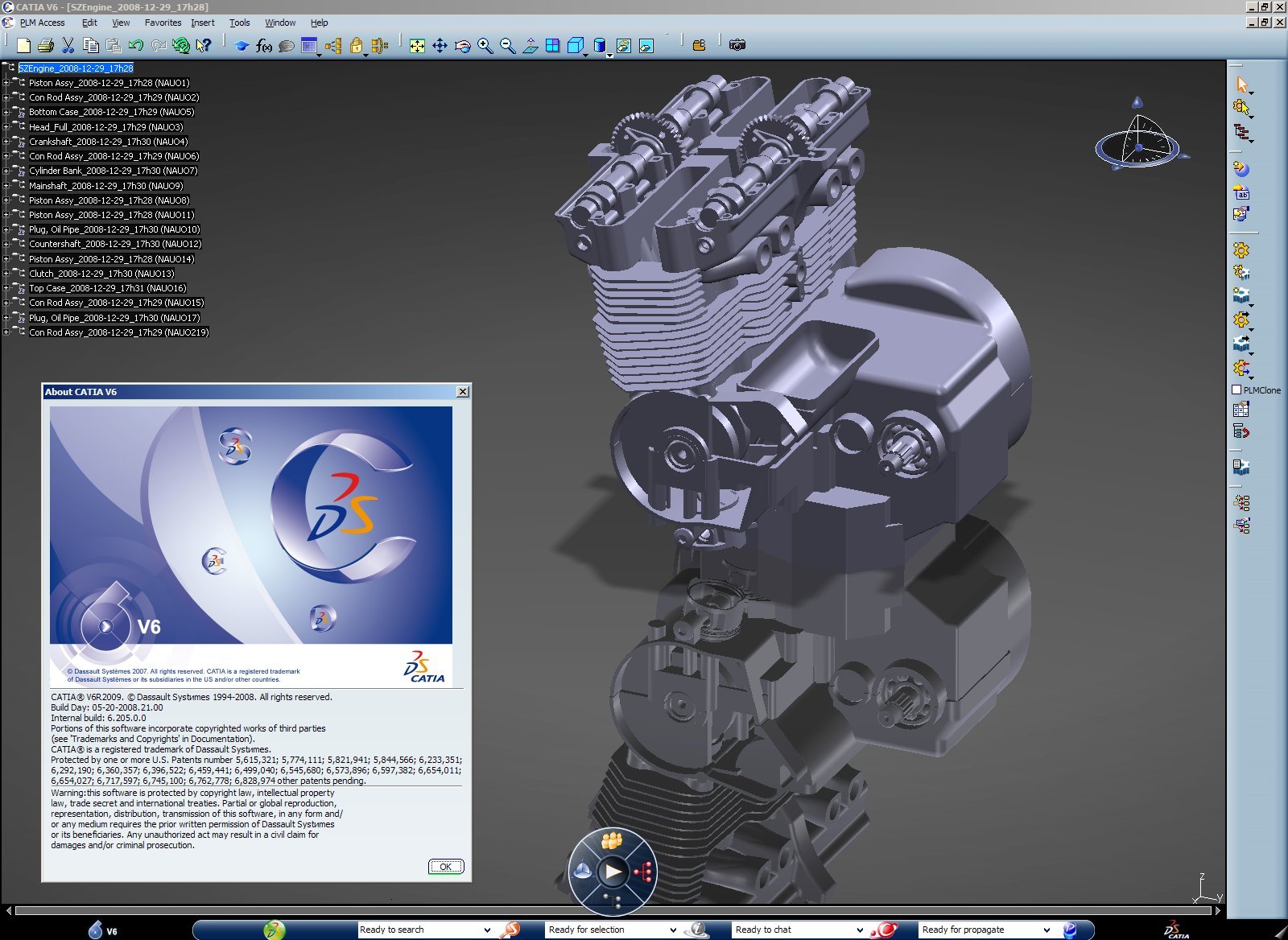

It also tends to try and differentiate itself from the competition by being flashy, cheap, and with some perks and tools that supposedly you wouldn't get in SWX or another tool (sometimes true, sometimes just marketing ymmv) Creo also brings to the table "that cohesive solidworks feel" of multiple modules working together seamlessly, which is drastically missing from the Autodesk side of things.Ĭreo also has a more integrated version of direct, non parametric modeling which approaches CATIAs organic surfacing abilities, something you need to be fairly skilled in surfacing tools to do in SWX. They make a decent product with a few gripes and shortcomings here and there, but its a good value for the money despite it not having a ton of market share. creo is, to keep with the analogy by the excellent post above, the Hyundai of CAD. Pro-e is still around in some capacities but its mostly been replaced by Creo. I deal with SWX and Catia mostly, but I have some experience with Pro-e Wildfire, Creo, and NX. They are very different in terms of price, and are made for different classes of customers.Īs a CAD reseller AE this guy knows his shit. But if the need is there, they make Catia. Not everyone needs Catia, and Solidworks fits the bill really well for 80% of the population. It's like a Volkswagen, great when it's working, but when it's not, you just want to roll it off a cliff.Īs for why Dassault makes both, to reference the car analogy again, it's the same reason VW makes Jettas and Lamborghini Aventadors.

#UNIGRAPHICS NX VS CATIA SOFTWARE#
As much as I gripe about Catia, I do love the software when it's time to model (especially surfacing). NX has the market on vertical process integration, with a solid set of modeling tools, Nastran being a native stress analysis tool, a quality native machining package. It is a pain in the ass to use sometimes, likes to give extremely cryptic error messages, and makes modifying simple things (like changing drafting dimension units) almost impossible. Catia v5 is definitely an aging system, and it shows. Which is the best? This question will be hotly debated with vile epithets flying back and fourth, no doubt.

Solidworks and Creo can be learned fairly well in a short amount of time, but you will likely spend years in Catia or NX and still not touch more than 20% of their depth. There are MANY more tools in Catia and NX, and something that might take a few steps to accomplish in Solidworks will have a tool dedicated to that process in Catia or NX.

They are based on the same concepts, just with much more control and options than Solidworks or Creo. Basically moving from one to the other is just a matter of learning what each calls the different tools. The learning curve for both is pretty steep, but if you know Solidworks well, it should not be that difficult to grasp. As for aerospace, both Catia and NX are widely used, probably about 50:50. It's surfacing tools are very good, and it has a module dedicated to class a automotive surfacing. If you want to get into automotive, Catia is king. They are powerful, have many really exotic features and they are really expensive. They perform well, and are reasonably priced. I have some limited experience with NX and no experience with Creo.īasic analogy: Solidworks and Creo are sport compact cars. Here is what I can tell you from my experience. If anyone can explain this in a simple way that'd be great! 😊 What can CATIA do that solidworks can't? (or the other way around) Why does dassault systemes make two CAD packages? How do CATIA and Solidworks compare to packages like NX or Creo or others on the market? From my understanding CATIA is a more beefy version of Solidworks with Creo being a competitor to solidworks and NX being a competitor to CATIA. Next, after looking into all the different CAD packages I can't really seem to understand the differences. So, my first question is which software I should spend my time learning now I'm comfortable with soldiworks? Occasionally I see things like NX or creo asked for but it seems they are less popular. After looking at job adverts it seems that solidworks is often asked for but CATIA is also popular. I'm keen to work within the automotive (or maybe aerospace who knows) industry when I graduate but being competitive I'd like to improve my CV by learning the software I'd need (CAD is also a bit of a hobby). I'd say I'm fairly confident in soldiworks now. Im a mechanical engineering student and have been using Solidworks (and Inventor) now for around four years and have, over the last year, been learning the more advanced modules such as animation and motion studies, fluid flow simulation and stress analysis.


 0 kommentar(er)
0 kommentar(er)
